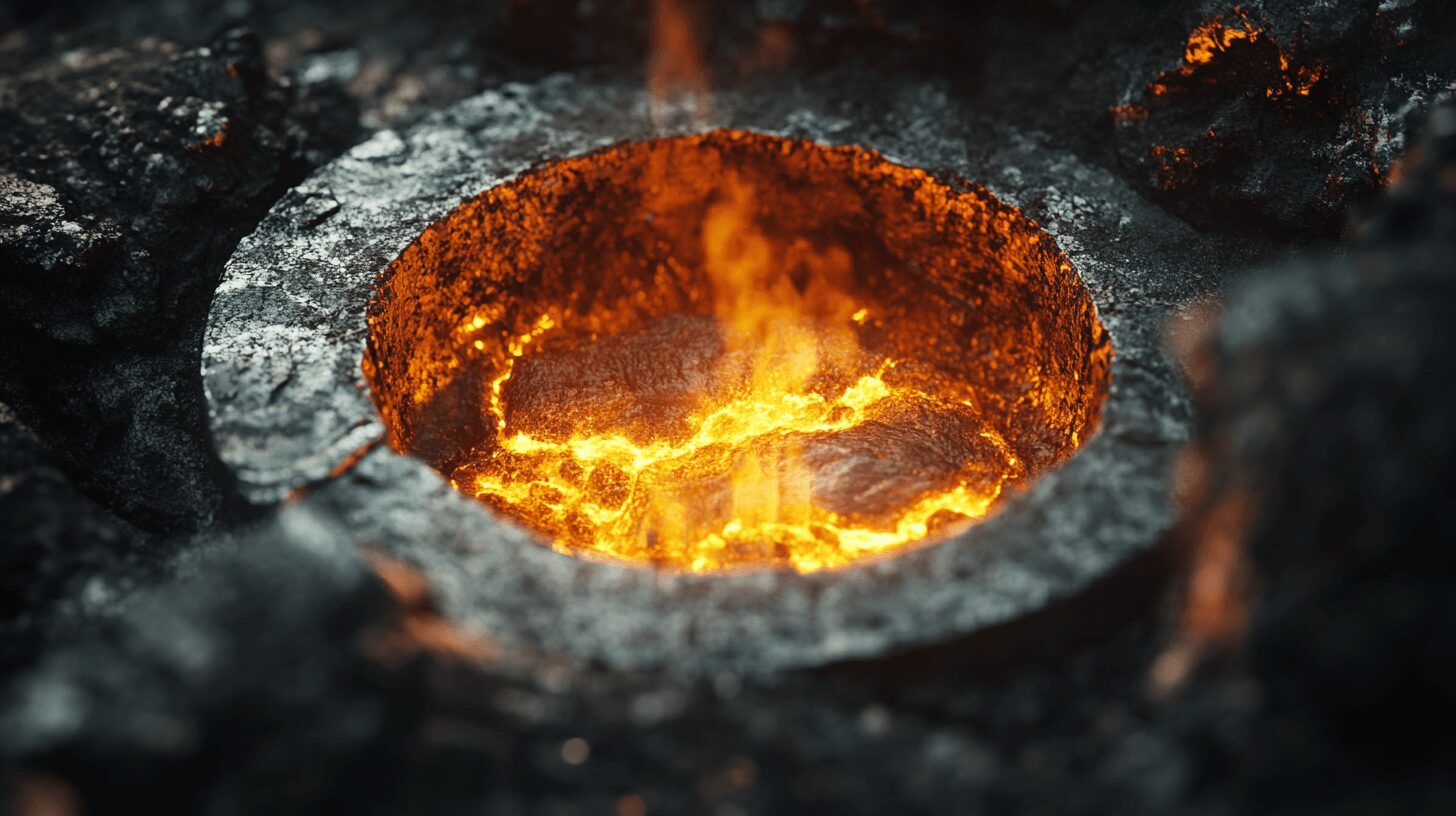
The Fascinating Chemistry of a Simple Candle Flame
July 9, 2025 - Lou Farrell
Revolutionized is reader-supported. When you buy through links on our site, we may earn an affiliate commission. Learn more here.
Candles are a simple staple of birthday parties and cozy evenings, but they are deceptively complicated. Lighting the wick causes combustion, and the reactions are so ubiquitous to view that people miss the complexity behind the flame. The science behind the process has informed major industries, like material sciences and energy, for generations. How do candles work, and why are they such a perfect representation of chemistry?
The Anatomy of a Candle Flame
Candle flames have zones, and scientists describe them based on their color and shade. Each one contains specific chemical reactions and elements that make the flame’s gradient manifest. They are:
- Blue or dark zone: This section, lying at the candle’s base, is unique in color because hydrocarbon molecules separate into their primary components. The reaction creates water vapor and carbon dioxide.
- Orange or brown zone: Right above the blue zone, this section heats and hardens the remaining carbon.
- Yellow zone: Soot resides in the transitional space between orange and yellow. It glows as it rises.
However, keen eyes may also see a faint aura around the flame called the veil. It has a bluish tint radiating from the blue zone and outside the rest of the flame. This is the hottest part because the carbon meets the oxygen to reach high temperatures. It is also called the nonluminous zone.
The cone-like shape occurs because heat rises during convection. It constantly emanates warmth, filling the spaces with cooler air and displacing it to the lower part of the flame. If experimenters put a candle flame in zero gravity, it would form a sphere because the fuel only burns where oxygen is present.
The Chemistry of Candles in Action
How do candles work for hours on end? The candle’s waxes — typically made from beeswax, soy, palm or paraffin — are the hydrocarbon suppliers. They travel up the wick, typically made from wood or fiber, until they burn. The burning and melting represent physical and chemical changes.
This is called capillary action, much like how blood travels in the body. The vaporization, combustion and every other step in the process are cyclical. The candle reabsorbs the heat, melts more wax and promotes continued burning.
Candlemakers can engineer how large or small they want the flame based on the wick’s width and material. Typically, thicker ones have faster burns but bigger flames, while the opposite is true for shorter, thinner wicks. Smaller candles with longer burn times produce less soot because the chemical reactions occur more slowly, also reducing smoke.
Industrial and Technological Implications
How are industrial professionals using the science of candle flames? Material scientists use it for several use cases, including flame synthesis of nanoparticles. The process uses a reactor to transform nanoparticles into useful materials like metal oxide. It uses similar vaporization and decomposition principles as a candle to make everything from carbon black for auto companies to salt for countless sectors.
Imaging researchers also find flame chemistry useful for laser diagnostics or spectroscopy. Some of the most brilliant women in science use flame spectroscopy to see a sample’s chemical composition. It is a critical component for research in everything from nuclear fusion to clinical diagnostics. The field is the reason blood tests can measure electrolytes or potassium and why plasma spectroscopy has been able to yield the precision results it has today about compounds.
Additionally, continued investigations into flame chemistry and structures inform humanity about pollutant formation and how these processes could become cleaner in the future. For example, modern research is studying how emissions and flame stabilization work with ammonia. Results discovered the most influential factors impacting pollutant production, such as combustor pressure, fuel-air mixing and air dilution.
Sustainability and Clean Combustion
The chemical process does more than produce pleasant scents in the home. The combination of fragrances, colorants, soot and other candle components releases many particles into the air. Paraffin wax-based candles are some of the most contentious because of their fossil fuel origins.
Other contaminants include free radicals and acetaldehyde, which the Environmental Protection Agency deems hazardous. Candle composition could pose indoor air quality threats for the most eco- and health-conscious consumers, especially when companies are not always required to disclose chemicals included in some scented products. It is why plant-based alternatives are becoming more popular because they are renewable and nontoxic for people and animals.
Candle producers are finding cleaner ways to light up homes with less-polluting ingredients and better wicks. Soy candles last between 35%-50% longer than paraffin, making them more environmentally conscious from a life cycle perspective. Many makers are also attempting to educate buyers to trim wicks before each use, steadying burn rates and minimizing air pollutants.
Scientists who study how candles work can apply the knowledge to the clean energy revolution. Some alternative fuels use combustion systems, and professionals seek to optimize chamber geometry, ignition timing and environmental characteristics to lower pollutant formation and make reactions more stable. This is similar to how designers want to create a more sustainable candle.
How Do Candles Work?
Lighting a candle is a task most people do on autopilot, but the chemistry is a perfect example of why simple experiments are valuable. The small combustive reaction has inspired countless industrial processes across industries, and it continues to innovate to this day. Manufacturers, production experts, engineers and scientists should never underestimate the nuance of science as ancient as fire, because it could lead to the next industry breakthrough.
Revolutionized is reader-supported. When you buy through links on our site, we may earn an affiliate commission. Learn more here.
Author
Lou Farrell
Lou Farrell, Senior Editor, is a science and technology writer at Revolutionized, specializing in technological advancements and the impacts on the environment from new developments in the industry. He loves almost nothing more than writing, and enthusiastically tackles each new challenge in this ever-changing world. If not writing, he enjoys unwinding with some casual gaming, or a good sci-fi or fantasy novel.






